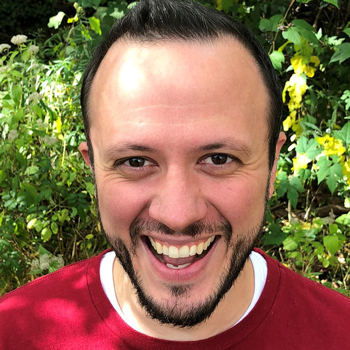In my own math education, fifth grade stands out as a pivotal time for me. Once a month, our teacher would hand out timed math tests where we had to complete something like 100 arithmetic problems in 3 minutes.
I failed. Repeatedly.
When you passed, you got to read a book during that time for the rest of the year. Month after month, more of my classmates were reading while I was furiously writing and falling short of the goal.
At home, I expressed my frustration to my mom. It would have been so easy for adults in my life to suggest that maybe I just wasn’t good at math, especially if they had not felt confident in their own math ability. This sort of thing happens all of the time, especially when we push so many students so fast and so far.
Nearly everyone gets to a point in math where they feel like the only option is maybe math just isn’t their thing. Some people get this message with their multiplication tables; others with fractions; and others when they get to algebra, or geometry, or calculus.
Instead of believing that the problem was my math ability, my mom considered other options. She created a page of problems, timed me, and observed. I raced to get the answers on the page. I scrawled what looked more like an ‘S’ than a 5, then I erased it and tried to redraw it more clearly. I knew the next answer immediately, so my eyes and brain moved ahead, but my hand couldn’t keep up and I wrote the right answer to the wrong problem. My mom could see what I didn’t have the context to see at that young age, and what my teacher didn’t have the class size to see: my struggle was with writing quickly and accurately.
The next day, my mom wrote a note asking if I could take the tests orally, and I was very fortunate to have a teacher who allowed it. This simple accommodation changed the trajectory of my life. With the opportunity to put my mental energy on the true task at hand, I was able to finish every test accurately and with time to spare. My confidence was restored. The fear that I was “bad at math” was alleviated when I could focus on the particular struggle I really did have, which was clear and accurate handwriting under time pressure.
Since then, I have earned a degree in computer science and engineering, and I have taught math for over a decade. Now I create digital interactions in the Desmos Calculator using math as a creative medium. As it turns out, I’ve never since had to write the answer to an arithmetic problem in less than 2 seconds again.
More importantly, my own journey helps me to be on the lookout for artificial barriers that may be in front of other students—whether they are in my own classroom or in the many classrooms where Desmos is an instructional resource.
